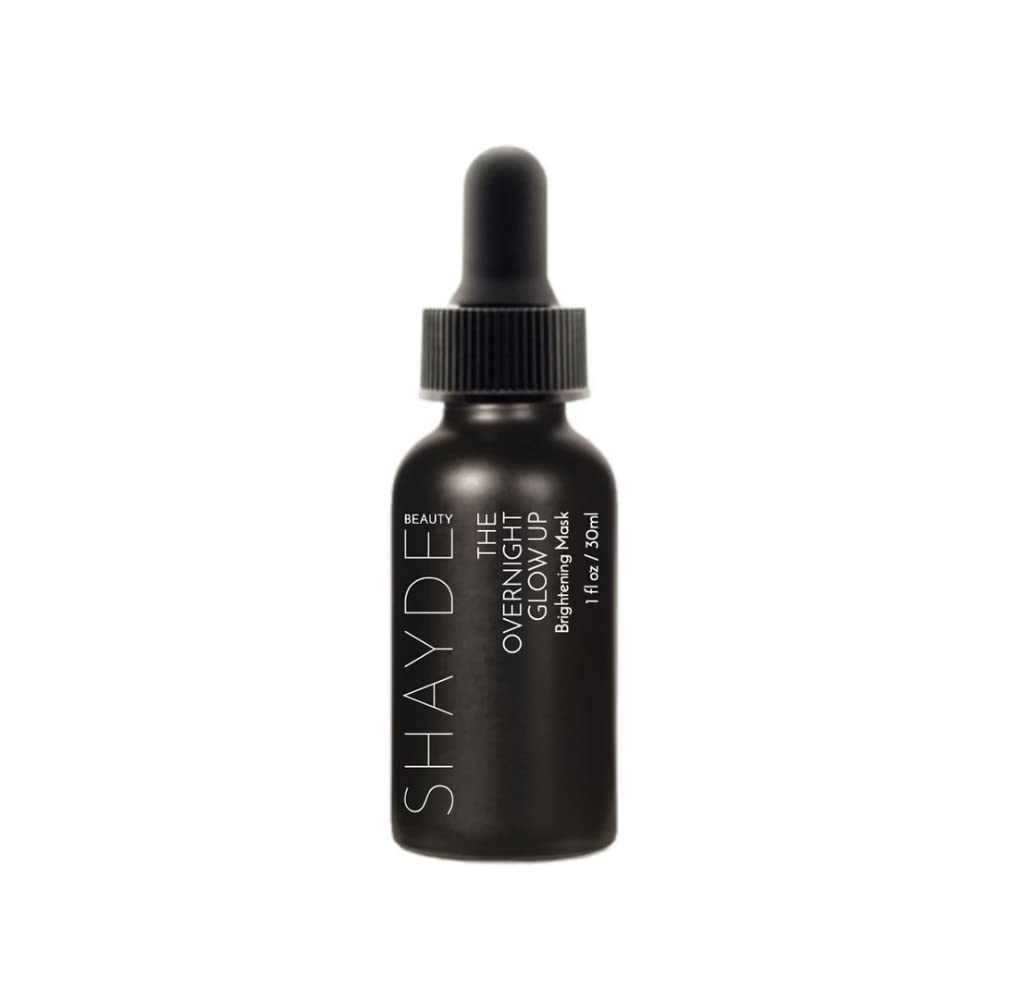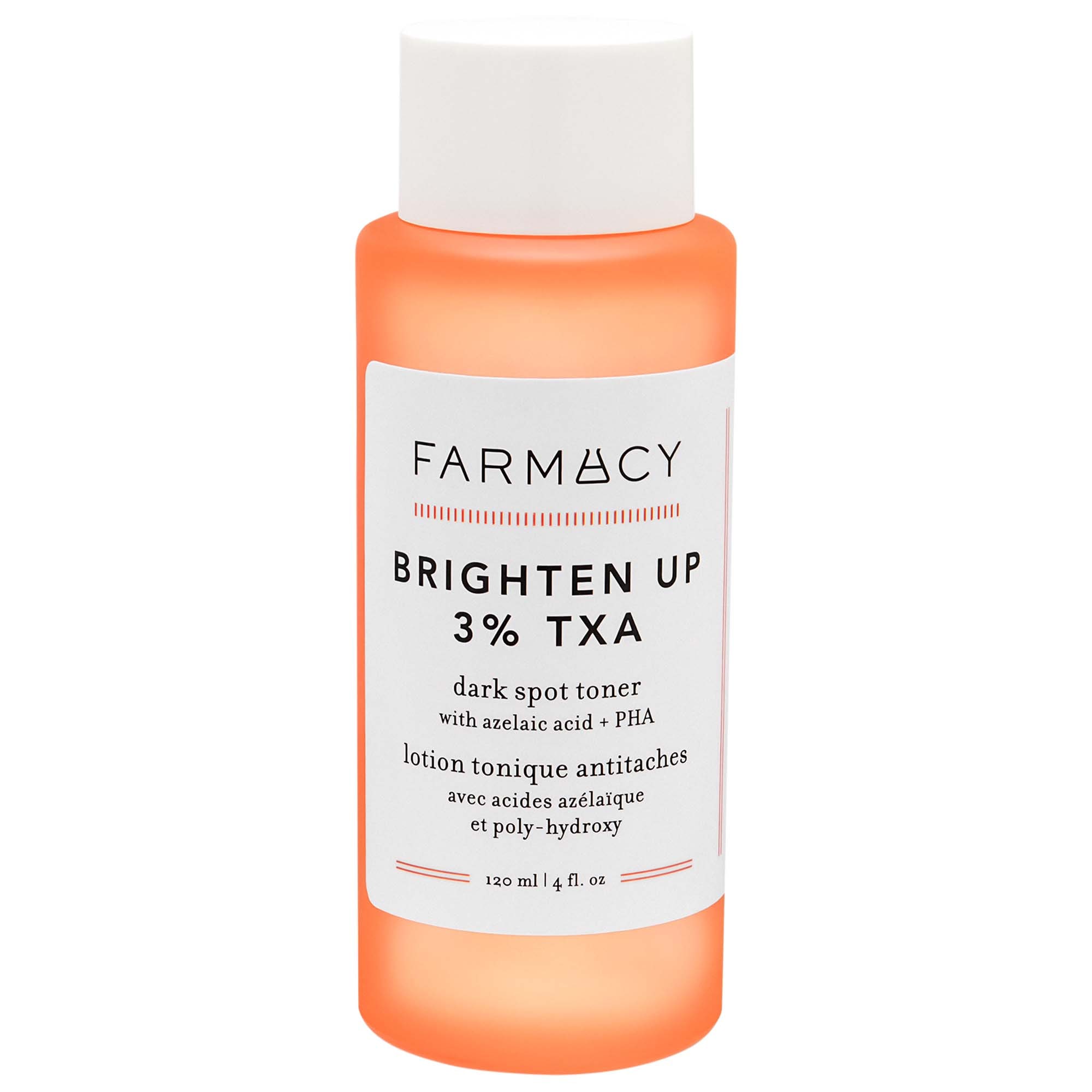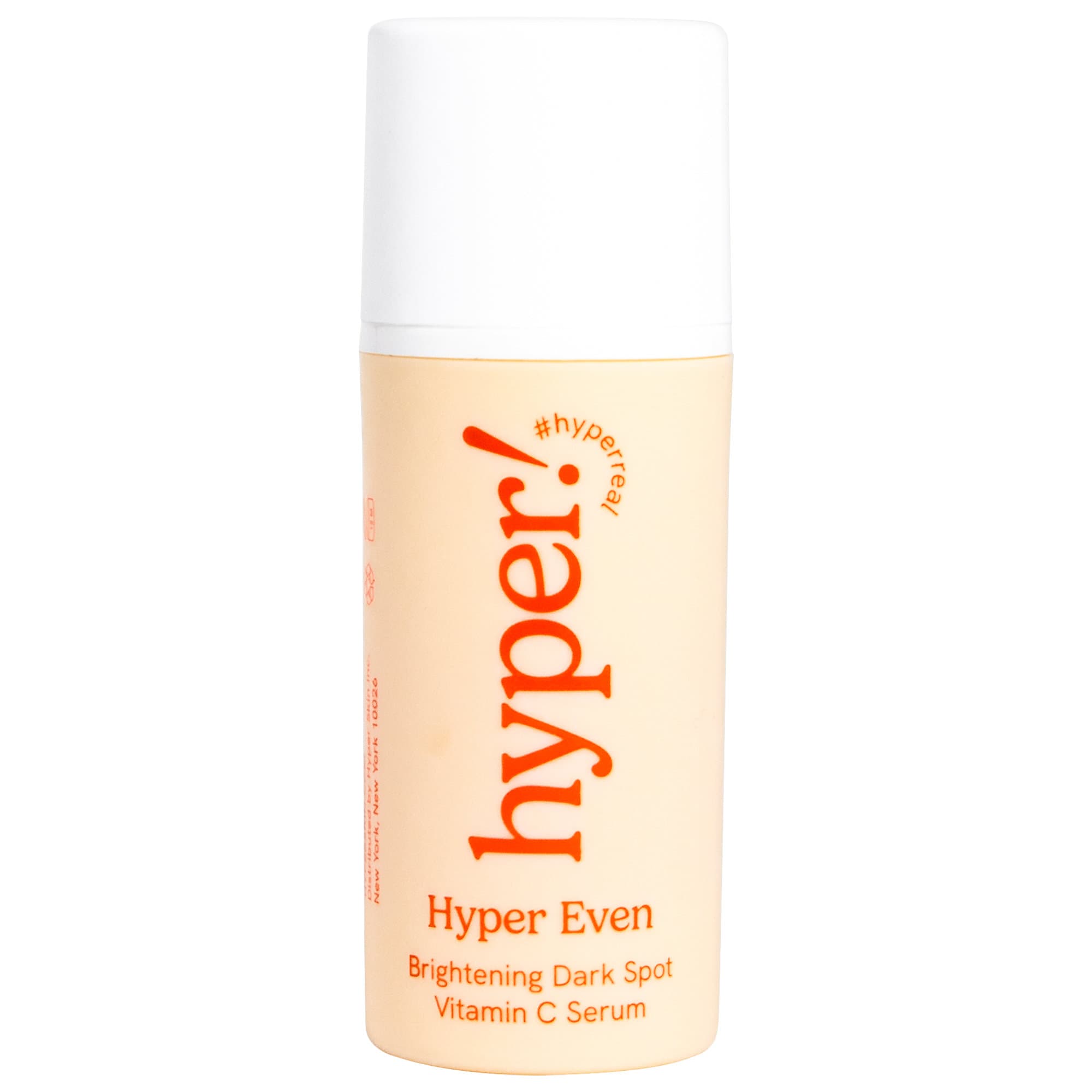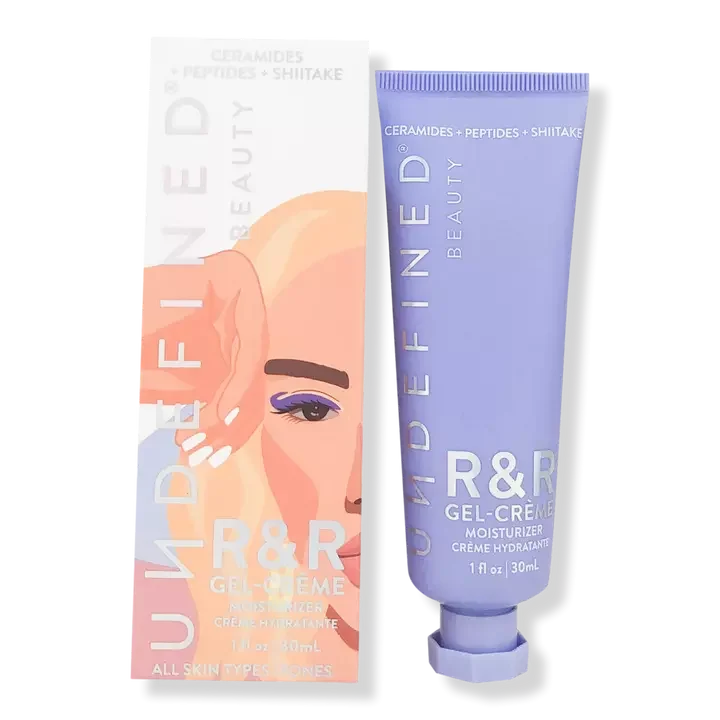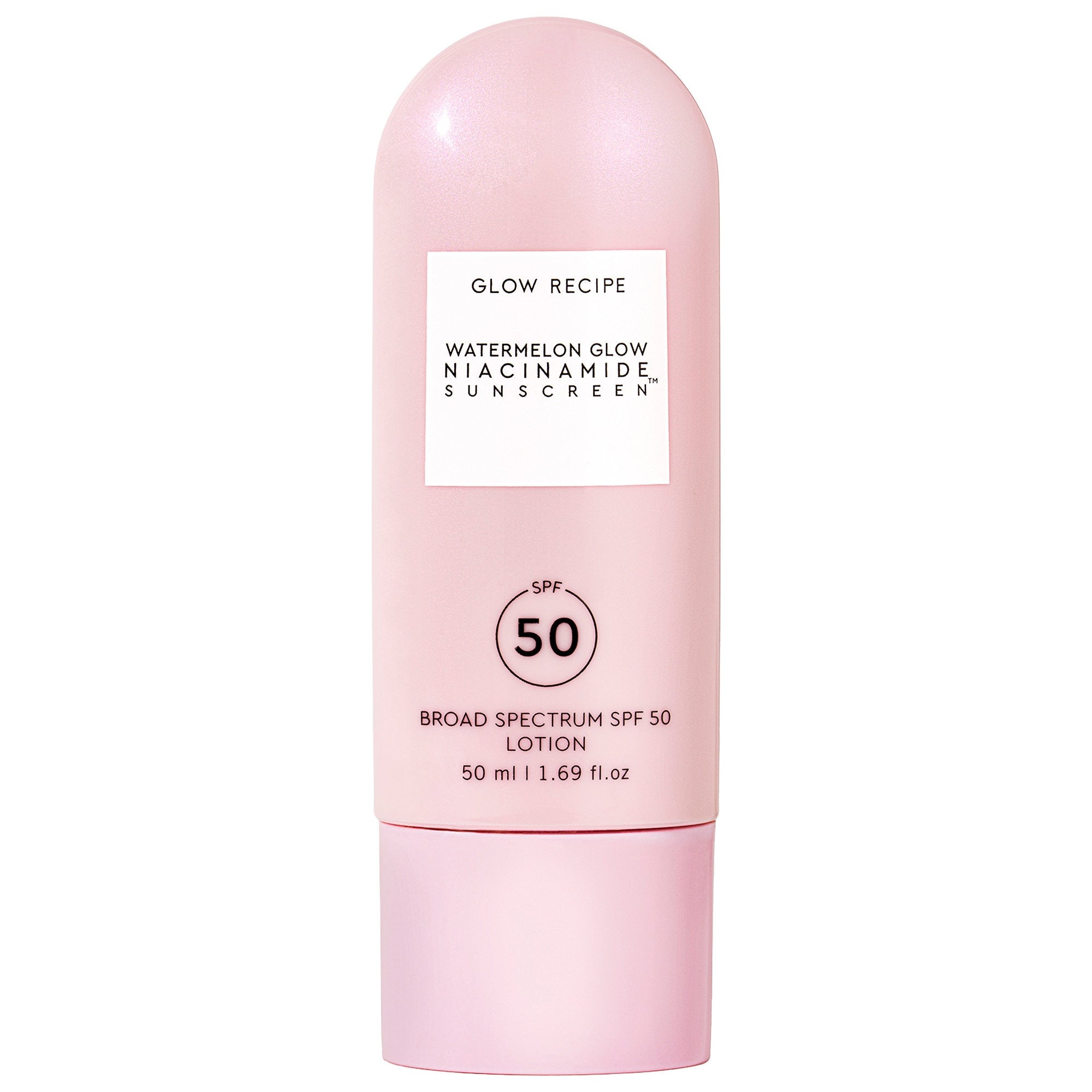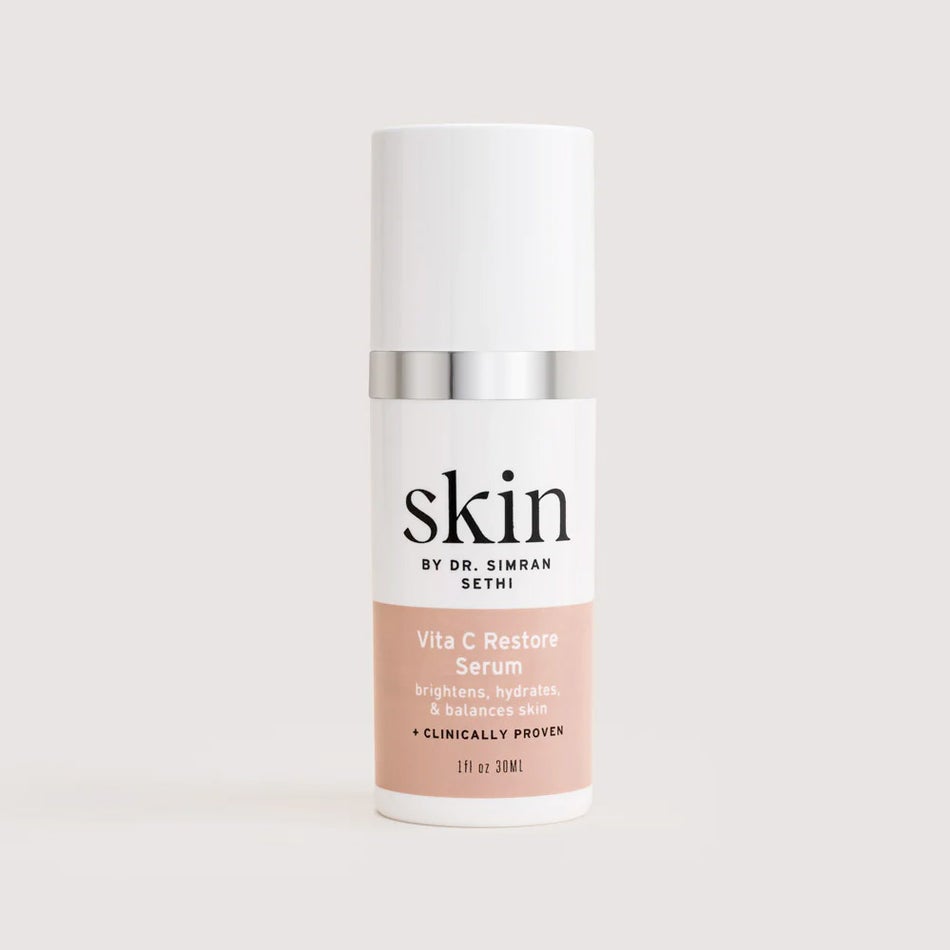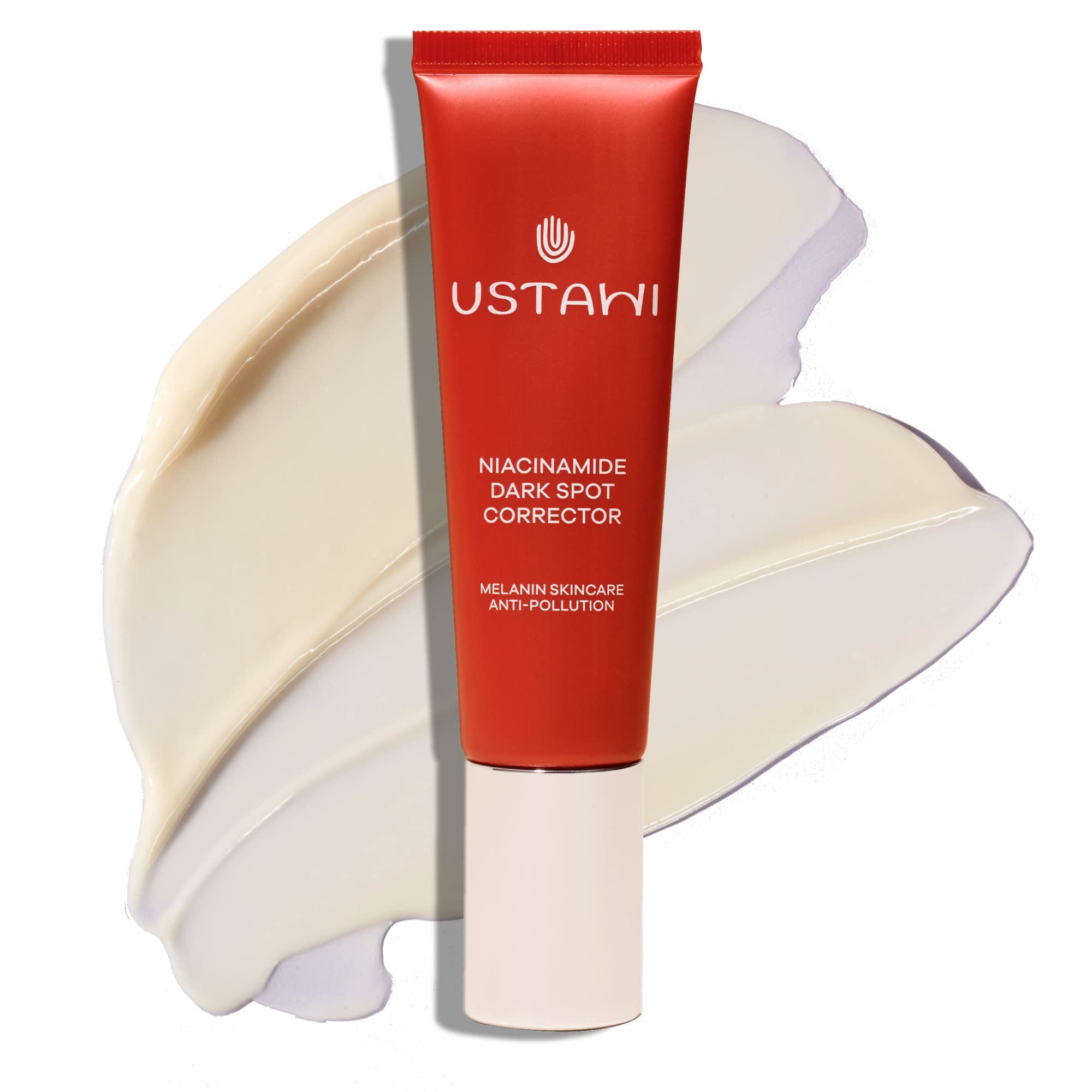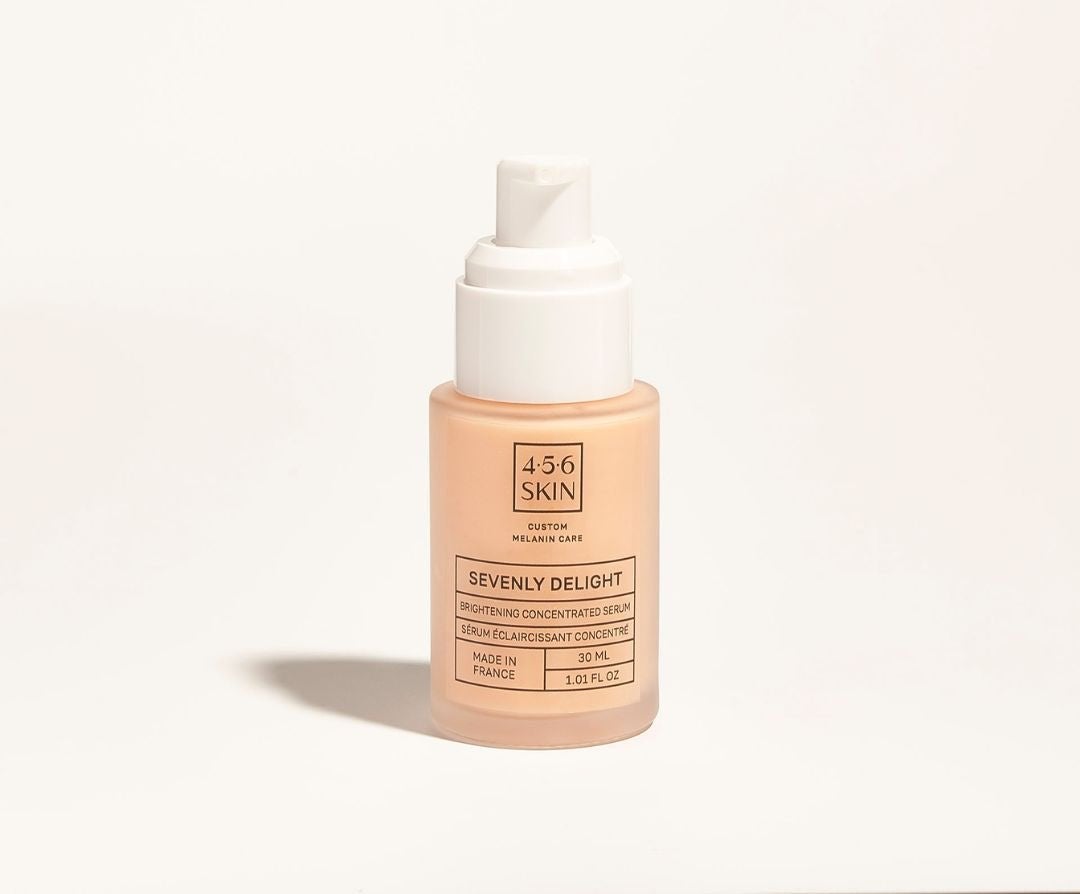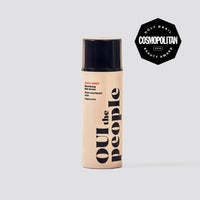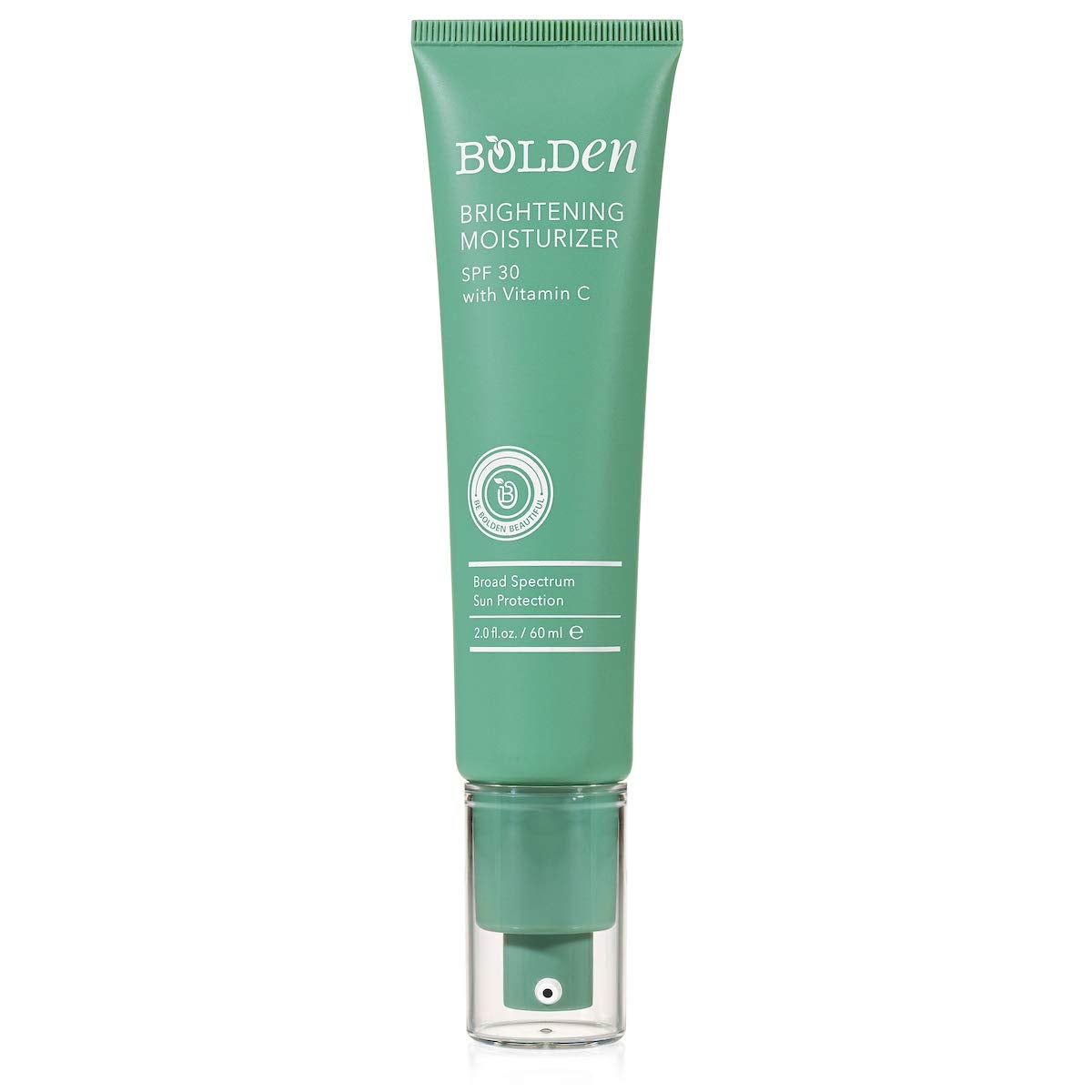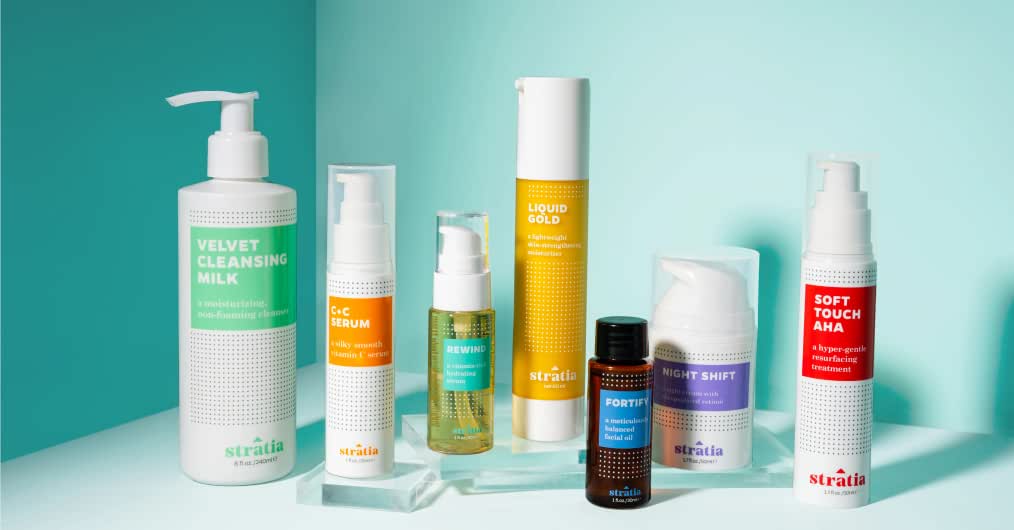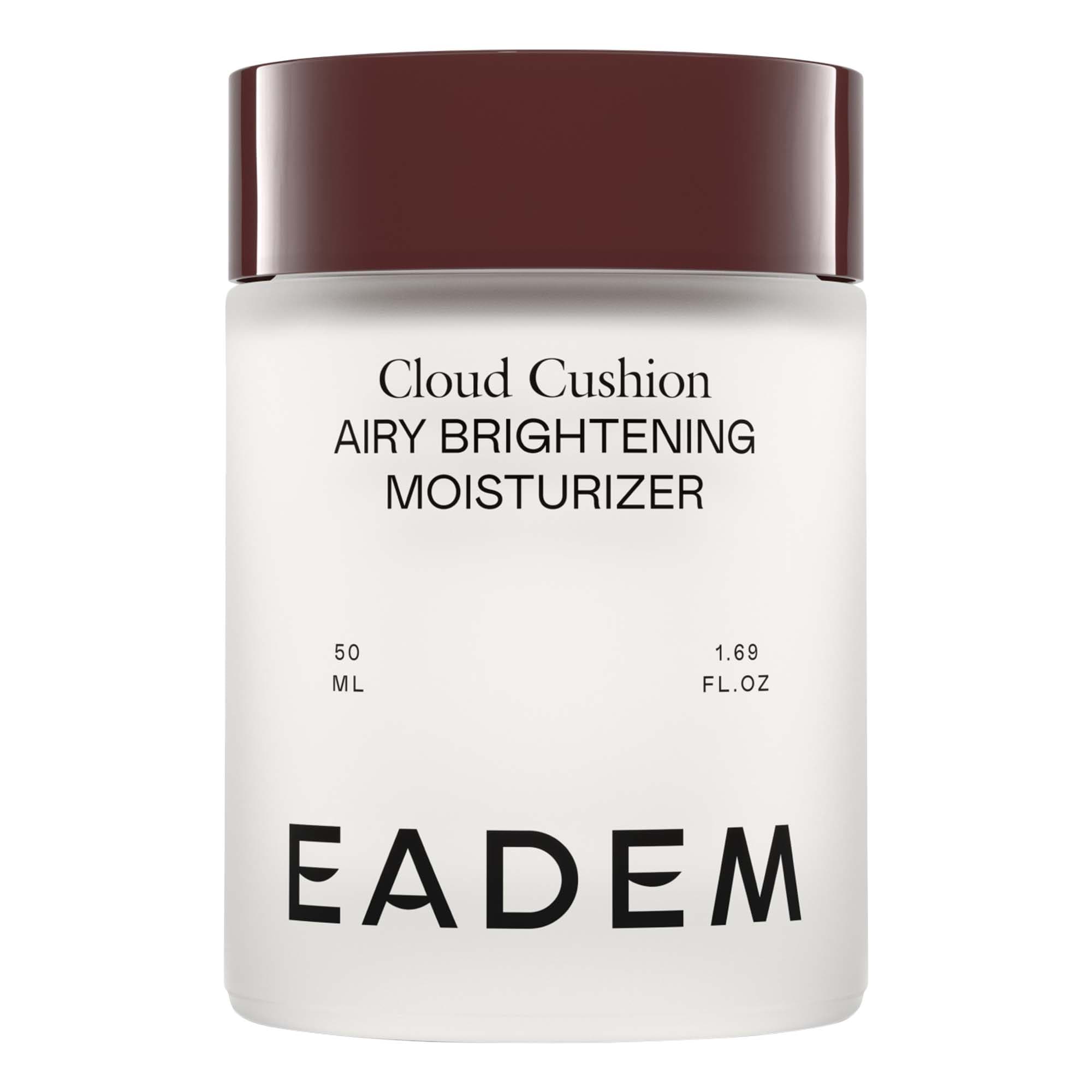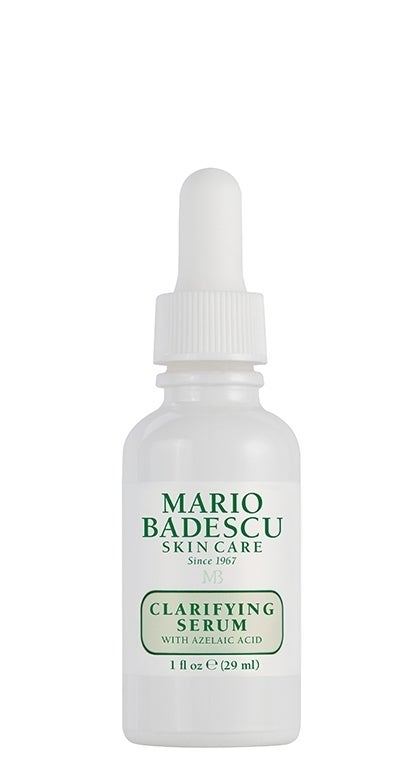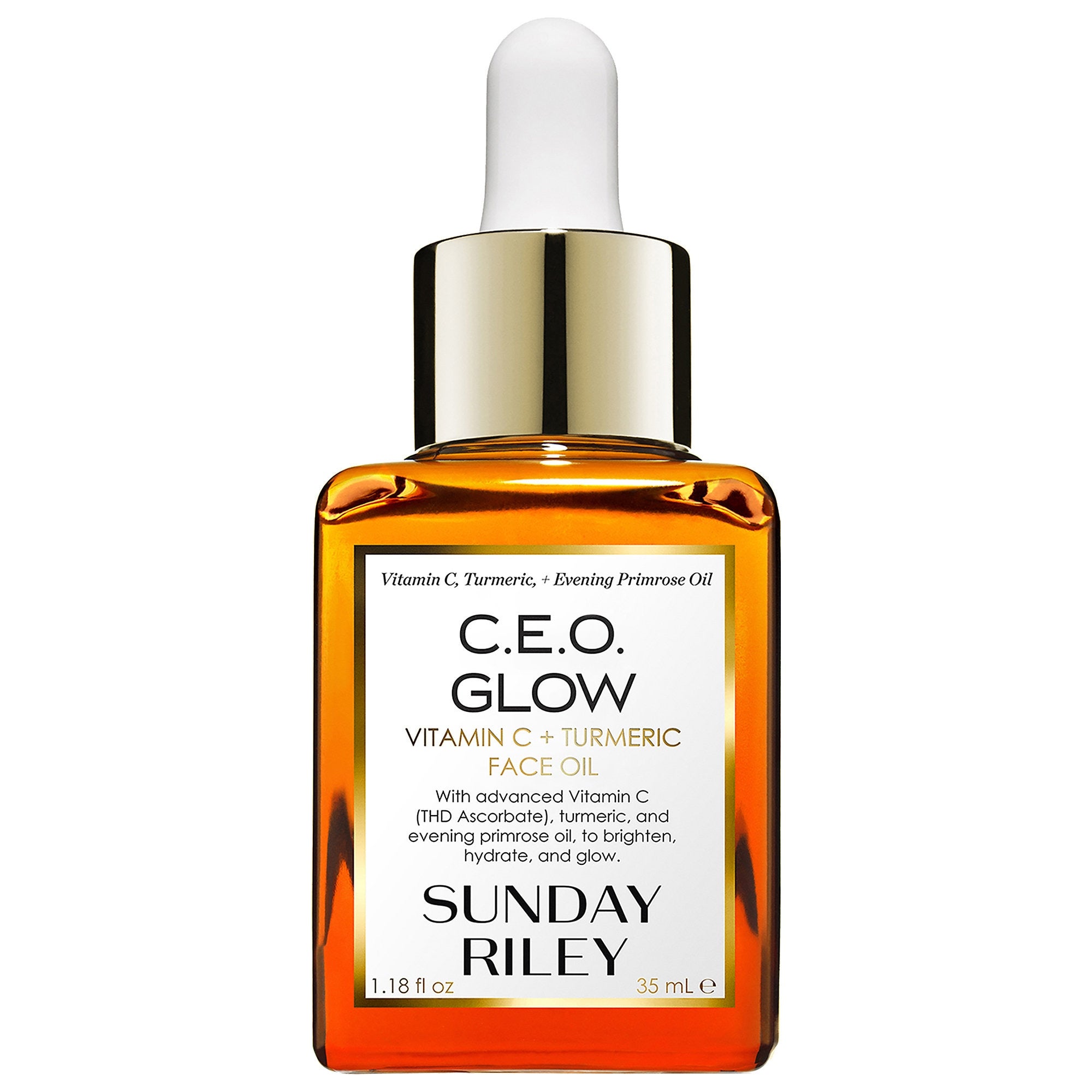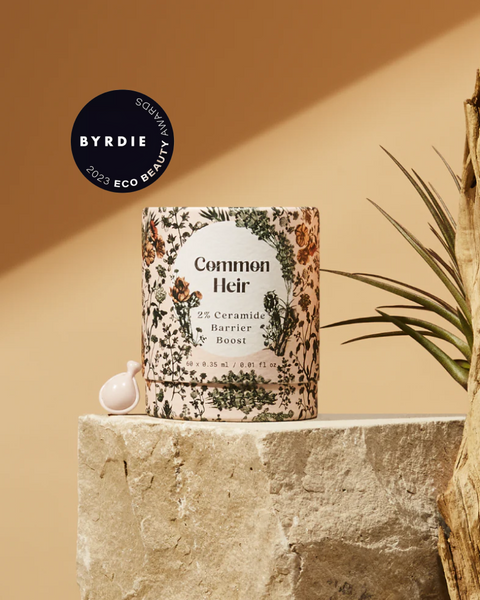When it comes to skin care, it can feel like we’re drowning in jargon that needs not only its own dictionary, but also its own index to explain where it came from. Just think of “clean beauty,” for example: The concept has been broken down and examined every which way — and that doesn’t even begin to cover the multitude of other marketing terms with good PR teams we see every single day.
When I first saw the term “melanin-safe” on a product, my ears perked up. As a Black woman, I’m constantly in pursuit of ways to preserve and protect my good, good melanin. But I was puzzled: What exactly does “melanin-safe” mean, and does its existence imply that I’m currently using melanin-unsafe products?
AdvertisementADVERTISEMENT
Before I spiraled too quickly, I had to do some research — and, of course, share my findings with anyone else who’s trying to figure it out. Here, we’re breaking down what exactly “melanin-safe” skin and body care means, and we’ve got beauty experts on hand to help us with the answers.
What exactly is “melanin safe” skincare?
Put simply, when it comes to skin and body care, “melanin-safe” refers to products that are made with skin of color in mind. The idea is to nourish or rebalance the skin’s barrier and microbiome without changing the tone, while taking it a step further to think about darker skin's response to inflammation, including sensitivity and hyperpigmentation. Melanin has very important functions in our skin, but historically skin-care trends have leaned towards melanin reduction strategies for melanin-rich skin. As we know, the ingredients associated with this (think hydroquinone) can actually damage our skin barrier, exacerbating the uneven pigmentation that these skin tones tend to have.
Cosmetic chemist Javon Ford believes that the term "melanin safe" really only applies to certain facial treatments typically available in medspas or clinics, like acid peels and laser treatments, which can trigger hyperpigmentation in darker skin. “The difference between melanin-safe treatment and non-melanin-safe treatments, in that regard, is that they’re gentler so as to not cause inflammation, a big trigger for hyperpigmentation,” he says. “As far as everyday skin-care, though, no — there isn't a difference.”
Because there are U.S Food and Drug Administration (FDA) guidelines for how strong any cosmetic with an exfoliating acid (like alpha-hydroxy acid or beta-hydroxy acid) can be, the ones on your counter are likely much weaker than the treatments available in professional settings. “Specifically, over-the-counter products with salicylic acid max out around 2% concentration, and alpha-hydroxy acids [like glycolic acid and lactic acid] max out around 10% with a pH greater than 3.5,” explains Ford. “Some medspa chemical peels have acid levels around 25% and have much lower pH levels, which are more likely to trigger inflammation and hyperpigmentation.”
AdvertisementADVERTISEMENT
The difference in darker skin tones goes far beyond just having more melanin — it is still important to have melanin-rich skin in mind when it comes to the research and development phase in skin and body care by brands across the board. “Melanin-safe is how we think about building truly inclusive, thoughtfully formulated products that can be used by all skin tones, and are particularly safe for melanin-rich skin tones,” Karen Young, founder and CEO of body-care brand OUI the People. “More people are looking for products that restore the skin health from head to toe, and I believe these products are a litmus test for whether a brand is truly inclusive.”
Is there a difference between melanin-rich skin and other types?
First of all, it’s important to recognize that all skin shades and types contain melanin, so it’s superfluous to specify any type of skin care as "melanin-safe." All skin tones actually have the same number of melanocytes, or pigment-producing cells, but for those with darker skin tones, the melanocytes have more subunits called melanosomes. Those subunits are what exhibit a higher level of activity and production of melanin. They are not only bigger in size, but also more active and reactive. “That is why those with darker skin more readily produce pigment when exposed to the sun, as well as in response to inflammation, like dark spots after acne,” explains Kiran Mian, DO, FAAD, a medical and aesthetic dermatologist.
Our skin-care needs are not solely defined by our skin tone, of course, but there are some unique traits that are more often observed in melanin-rich skin tones. “Darker skin tones tend to have less ceramides in their skin, making their skin more prone to dryness,” says Dr. Mian. “Those with darker skin are also more prone to post-inflammatory hyperpigmentation because of their increased melanosomal activity, and therefore should be more careful when using caustic or irritating skin-care ingredients.” Such ingredients you may wish to avoid include: alcohol, fragrance, and certain types of sulfates such as ammonium lauryl sulfate and sodium lauryl sulfate.
AdvertisementADVERTISEMENT
Ultimately, says Erica Douglas, a cosmetic chemist also known as Sister Scientist, “Individual reactions to products can vary regardless of skin tone and melanin levels, so it's important to understand your skin's needs, type, and sensitivities as a complete package and not just one trait, such as melanin.”
shop 5 products
Should only people with melanin-rich skin be concerned about melanin-safe body care?
For body care, however, it may be more important to keep melanin protection in mind, especially if you’re getting laser hair removal or a body treatment involving lasers. Melanin-rich skin tends to scar more easily, so when looking for products and considering in-office treatments, it’s key to look for something that’s going to diminish common skin concerns like dark spots and uneven texture without causing more scarring. At home, look for gentle exfoliating ingredients like alpha- and beta-hydroxy acids that resurface the skin over time. Try the tri-acid complex in Oui The People’s CHEAT SHEET Resurfacing Body Serum.
So should only people with melanin-rich skin be concerned about melanin-safe body care? Of course not. We all have some form of melanin in our skin, and it’s important to continue to champion inclusivity and diversity within the skin-care and beauty industry in general. “Skin care for darker skin tones should harness the power of melanin instead of fighting its production,” says Simran Sethi, dermatologist and founder of skin by Dr. Simran Sethi. “Melanin has a purpose and uneven melanin production is just a sign of a skin insult, so fighting it with harsh exfoliants or acids will only exacerbate the issue.”
AdvertisementADVERTISEMENT
shop 5 products
Although melanin-focused skin care has been a presence on the market for years (Oui the People, Ambi,4.5.6 Skin, and Ustawi come to mind) with new brands regularly joining the roster, it's still important that we have a conversation to create an all-inclusive skin-care community, and identify what is marketing and what’s the real deal. “Since it's not a scientific or regulated term, [melanin-safe] can mean whatever the brand wants it to mean, ” says Ford. “Claims in cosmetics should be taken with a grain of salt in the first place, but most have to be substantiated via some form of testing. I have no idea how brands would test ‘melanin-safe,’ because in theory, every over-the-counter, skin-safe product is melanin-safe by default. It is not something we should be looking for.”
Ensuring the skin-care community is inclusive means demanding diversity in clinical testing, too. Brands need to publish the trials done on their products, including the specific spectrum of skin tones that were represented in the study. “It’s rare to see a brand publish the skin tones that their product was tested on — that’s very important, because different skin tones can react to different ingredients. For example, certain acids are proven to work better on melanin-rich skin than others,” says Madhu Punjabi, cofounder of Lion Pose. Such acids include: lactic, kojic, and mandelic acid.
Can anyone use "melanin-safe" skin care?
“Brands created for melanin-rich skin are not necessarily exclusive, and can be used by any skin type and tone,” says Dr. Mian. Melanin-safe skin care can address the common problems faced by those with darker skin tones, adds Dr. Mian, like post inflammatory hyperpigmentation, increased dryness, and increased sensitivity towards harsh ingredients. “There are certain conditions more commonly faced by melanin-rich skin, and for that very large population of skin-care consumers, melanin-safe skin care fills a void.” Douglas adds, “Products that incorporate ingredients such as hyaluronic acid, glycerin, ceramides, and niacinamide are likely formulated to address the moisture retention and lower collagen levels that often present in darker skin tones.”
AdvertisementADVERTISEMENT
shop 5 products
SPF is a must, too. In darker skin, there is a higher natural protection from UV, thanks to the predominance of the beneficial eumelanin, a pigment that absorbs UV as it enters the epidermis. (To be clear, this does not mean if you have a darker skin tone, you should skimp on sunscreen.) Douglas says that sun exposure can overstimulate an enzyme in the skin that triggers the melanocytes to produce too much melanin. “When there is an overproduction of melanin, this leads to hyperpigmentation and dark spots,” Douglas says. It's important to incorporate a broad-spectrum SPF 30 or higher sunscreen into your skin-care routine, but you might also like to try products that have melanocyte-inhibiting ingredients like kojic acid, azelaic acid, vitamin C, and tranexamic acid to help brighten dark spots and even skin tone, adds Douglas.
While the jury’s out on whether or not melanin-safe skin care is a marketing term or really something we should be focusing on. We can say it over and over again: Beyond skin-care science, conditions, and treatment approach, it is essential at this point for all of us to see more skin of color in the beauty and skin-care industry — and not just in marketing, either. “For far too long, the ideals of beauty have been set by non-melanated skin, and whether there are differences or not, as someone with darker skin, using a product researched and developed to be safe for those with skin like mine makes me feel more included, considered, and cared for,” says Dr. Mian. But in her opinion, that's still not enough. “What I'd like to see more of is not just brands with products designed for melanin-rich skin, but C-suite executives, directors, scientists, and developers with melanin-rich skin making up the beauty and skin-care industry.”
Young says that there has been an overlooked population of consumers with melanin-rich skin, and the movement toward ‘melanin-safe’ is simply a way to be truly inclusive, applying appropriate focus to meet the needs of previously marginalized individuals. In other words: It’s time to raise our standards for darker skin tones, period.
At Refinery29, we’re here to help you navigate this overwhelming world of stuff. All of our market picks are independently selected and curated by the editorial team. If you buy something we link to on our site, Refinery29 may earn commission.
AdvertisementADVERTISEMENT







